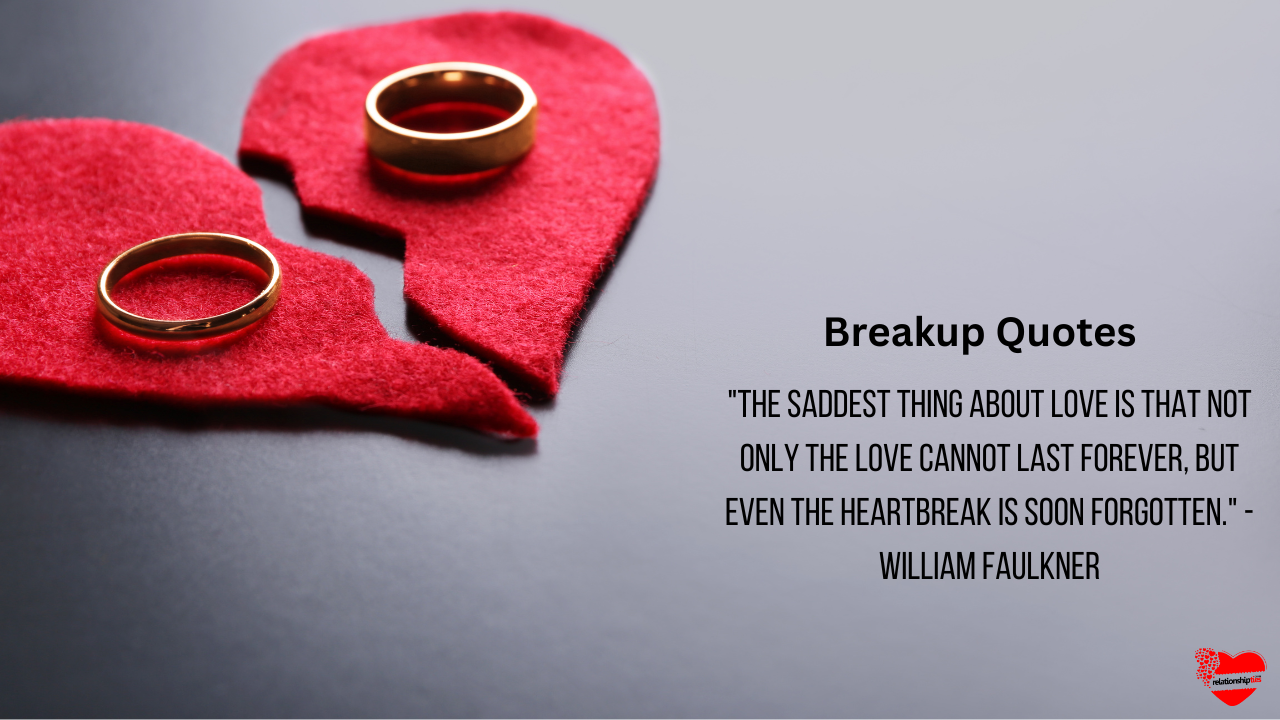15 Powerful Emotional Healing Techniques: How to Find Emotional Healing
Emotional healing is a fundamental aspect of our well-being, as it empowers us to address and overcome emotional wounds, traumas, and stressors that life inevitably brings our way.
These challenges can take many forms, from heartbreak and grief to anxiety and past traumas, and they can leave deep emotional imprints. However, the human spirit possesses an incredible capacity for resilience and recovery.
This article will delve into 15 powerful emotional healing techniques to nurture your emotional health and help you find inner balance and peace.
These techniques are diverse, catering to various emotional needs and preferences, but they share a common goal: to provide you with the techniques to mend emotional scars, foster emotional resilience, and promote a positive sense of self.
Whether you’re seeking methods to manage overwhelming emotions, cope with past trauma, or simply enhance your emotional well-being, these strategies offer a valuable roadmap to guide you toward emotional healing and greater overall happiness.
Table of contents
What Is Emotional Healing?
Emotional healing is a process that goes beyond merely feeling better after a difficult experience. It involves acknowledging and accepting our emotions, allowing ourselves to experience them fully, and then working towards moving forward healthily.
It is not about erasing or numbing our emotions but about learning to navigate them with resilience and compassion.
At its core, emotional healing requires self-reflection and self-awareness. It requires us to identify the beliefs and thought patterns that may be contributing to our emotional pain and replace them with more empowering ones.
This shift in perspective allows us to make meaningful changes in our lives by developing healthier coping mechanisms and building stronger relationships.
Read ALSO: 15 Post-Breakup Self-Care Ideas: What to Do After a Breakup
When Do You Need Emotional Healing?
Emotional healing is needed whenever you experience emotional distress, pain, or trauma that affects your mental and emotional well-being.
Here are some situations and signs that indicate a need for emotional healing:
- Loss and Grief: When you lose a loved one through death or the end of a significant relationship, you may experience grief. The grieving process involves emotional healing as you cope with the loss and work through the associated emotions.
- Trauma: Traumatic experiences such as accidents, abuse, violence, or natural disasters can leave deep emotional scars. Emotional healing is necessary to address the psychological impact of trauma and regain a sense of safety and control.
- Stress and Burnout: Chronic stress, excessive workload, or burnout can lead to emotional exhaustion. Emotional healing involves finding ways to manage stress, establish work-life balance, and restore emotional well-being.
- Relationship Issues: If you’re experiencing conflict, betrayal, or emotional distance in your relationships, emotional healing can help you work through these issues, improve communication, and restore trust.
- Low Self-Esteem: Negative self-image, self-doubt, and low self-esteem can be signs of emotional wounds. Emotional healing involves building self-confidence and self-compassion.
- Unresolved Childhood Issues: Childhood traumas, neglect, or dysfunctional family dynamics can continue to affect your emotional well-being in adulthood. Emotional healing may involve therapy to process these experiences and develop healthier coping mechanisms.
15 Emotional Healing Techniques
Here are techniques to help you heal emotionally after a breakup or traumatizing experience.
1. Practice mindfulness
Learning to focus your attention and increase awareness is known as mindfulness. This is a way to heal deep emotional wounds.
You can develop the ability to sense the bodily adjustments that result from shifting emotions. The first step in understanding how to control stress and how emotions affect your body effectively is comprehending this mind-body link.
Additionally, mindfulness can help you concentrate on the here and now and what you can do to soothe your body and mind.
You’ll know you’ve identified one of your stress triggers and what reduces it if you can identify what makes you feel more at ease and comfortable.
2. Use a journal
Writing down your thoughts and emotions in a journal helps you to understand them better. It is a technique that encourages you to take your time, pay attention, and reflect on your life’s events and your sentiments and responses to them.
It is also a technique to heal deep emotional wounds. Writing in a journal might help you discover your emotional stress triggers because it can disclose your innermost thoughts.
You may recognize your negative thoughts and sentiments and switch them out for more uplifting actions.
A healthy and effective technique to deal with your emotions is through journaling. You can start on the path to healing or change when you face your feelings.
Read Also: 5 Stages of Grieving a Breakup | Relationship
3. Distract your attention and put it elsewhere
Put anything else in your mind instead of the source of your worry. Go out and have fun.
Play a game, watch a hilarious movie, or indulge in a favorite activity (painting, drawing, taking photos of the outdoors, playing with a pet, etc.). Participate in a charitable cause as a volunteer. Do something enjoyable with your friends.
4. Do Not Look Into the Past
Do not read into any past experiences the other person has shared about themselves. This is a way to help someone heal emotionally.
This is because you all have different stories. Hearing their side of things can be confusing when you’re still working through your issues.
This gives you more to think about and focuses on what’s wrong in your life. This is rather than your healing process, which needs positive focus right now.
Try this instead: “I am here for them if they need me.” You don’t know how much time or space someone else might need to give them as much as possible without projecting onto them what YOU would want from another person during YOUR recovery process.
Even though everyone will heal at slightly different speeds; there is a time limit on the healing process.
5. Work to Solve Your Issues
Work through your emotional scars deliberately, methodically, and in as much detail as possible. This is a way to help someone heal emotionally.
This is all without mentioning unpleasant recollections that could worsen your depression or anxiety.
It will take a lot of work, but it will be worthwhile in the end. It’s because no one enjoys living with depression.
There is no fun when you are avoiding unpleasant emotions. Instead of confronting them head-on so they can finally heal, do this.
You deserve to feel joyful, secure, loved, and whole again. Even if it currently appears difficult, keep trying.
6. Try to document it.
I could identify patterns and more readily mend them by journaling how I felt after each incident or encounter.
To gain a clear image of where the wound is in your body and mind, try writing down how you felt each time, what happened next, and any symptoms still present.
7. Attempt meditation
This is a way to help someone heal emotionally. Allow yourself five minutes here and there during the day to practice relaxation or meditation because this will assist in quieting our nervous system, which may become rather busy when we are emotionally wounded rather than healthy as it was before.
Instead of allowing ourselves to feel comfortable while processing these old wounds gradually until they no longer cause issues in our lives, the heart rate rises because the flight or fight mode is activated by stress hormones flowing through us!
Read Also: How to Cope with Depression After Breakup
8. Don’t compare yourself to others
Recognize that while everyone recovers differently depending on their background, lifestyle, and emotional well-being during rehabilitation (those who stay strong emotionally tend to recover faster), there is no perfect schedule for recovery.
Try not to judge yourself harshly, regardless of where you’re coming from or any unexpected feelings that may surface, as these old wounds require time to heal properly without speeding anything along too quickly.
9. Discover the expectations of others
Everyone is different, therefore be aware of what other people need from YOU rather than presuming their requirements based on YOUR own experiences, especially if they’ve gone through similar situations to what you have!
Just as you wouldn’t want others to judge or make assumptions about you at this difficult time, your judgment only matters in this case while we strive to put our lives back together after such an emotional upheaval.
10. Engage in Self-Care
Take care of yourself by engaging in activities that help you feel calm and at ease. Even simple activities like taking an Epsom salt bath, lighting scented candles, walking outside, or listening to calming music.
These activities can help us feel better if we give ourselves the time and space to do them, even when our schedules are jam-packed with work and family commitments.
11. Don’t pretend
One of the effective self-healing techniques is understanding you are not perfect. So, do not pretend. You’re not flawless, but that’s good. Try less to be someone else who has never gone through hardship in their life.
You all deserve happiness just like anyone else, so instead of beating yourself up over mistakes you made as a result of past traumas, concentrate on making positive changes for the time being by exerting more effort than before toward self-care because this is what matters most in every moment of life.
Read ALSO: 5 Stages of Grieving a Breakup | Relationship
12. Understand Your Needs
Take some time to identify your current, most pressing demands. Make sure you can express yourself without being concerned about the repercussions. This is so that you can discover who has your back in life.
You need time alone to think things through slowly and thoroughly, but it’s also emotionally healthy when others understand why silence must sometimes be maintained until you feel ready to speak again—or, at the very least, when we share what’s going on inside ourselves with another person so they can offer support if needed.
13. Find Various Methods Of Recovery.
Find strategies to overcome barriers preventing you from recovering from traumatic experiences. This is accomplished through realizing the origins of these constraints.
Trying several approaches until something gradually becomes effective over time. Do this instead of rushing anything into place despite your instincts. It is a result of what other people think.
Everyone is unique, and all recover from past trauma at their own rate.
Let yourself choose your path instead of comparing yourself (or others) with someone who seems to have it all together. It’s because this isn’t true; even people who appear to be living wonderful lives have flaws.
14. Discover Social Support
To talk about their experiences and aid in the healing process, try to find someone who has gone through comparable tragedies. This will also enable you to recognize that you are not alone and that no one is perfect.
As a result, you can get past your shortcomings and concentrate on what matters: finding love, security, and happiness for yourself before anything or anyone else.
15. Live in the present
By concentrating on the here and now rather than lingering on past wrongs, your body and mind can let go of any bad emotions still trapped inside you.
Focus on the good feelings instead of always remembering how awful things were before, and be grateful for what you have because it could always be worse.
Conclusion
Emotional healing is an essential journey we all undertake at different points in our lives. It’s a testament to our strength and resilience as human beings that we possess the capacity to heal emotional wounds and emerge from challenging times stronger and wiser.
The 15 emotional healing techniques explored in this guide provide a diverse toolbox to help you navigate this transformative journey.
Remember that emotional healing is a deeply personal process; there’s no one-size-fits-all approach. The key is to explore these techniques with an open heart and a willingness to invest in your emotional well-being.
Whether you find solace in mindfulness practices, the catharsis of creative expression, or the healing power of connecting with others, these strategies are here to support you on your path to emotional recovery and personal growth.
Embrace them, adapt them to your unique needs, and allow them to guide you toward a place of emotional balance, resilience, and inner peace. In your journey toward emotional healing, you’ll discover the immense strength within you and the capacity to heal and thrive.
Read Also: Can Unrequited Love Turn to Requited Love in a Relationship?






